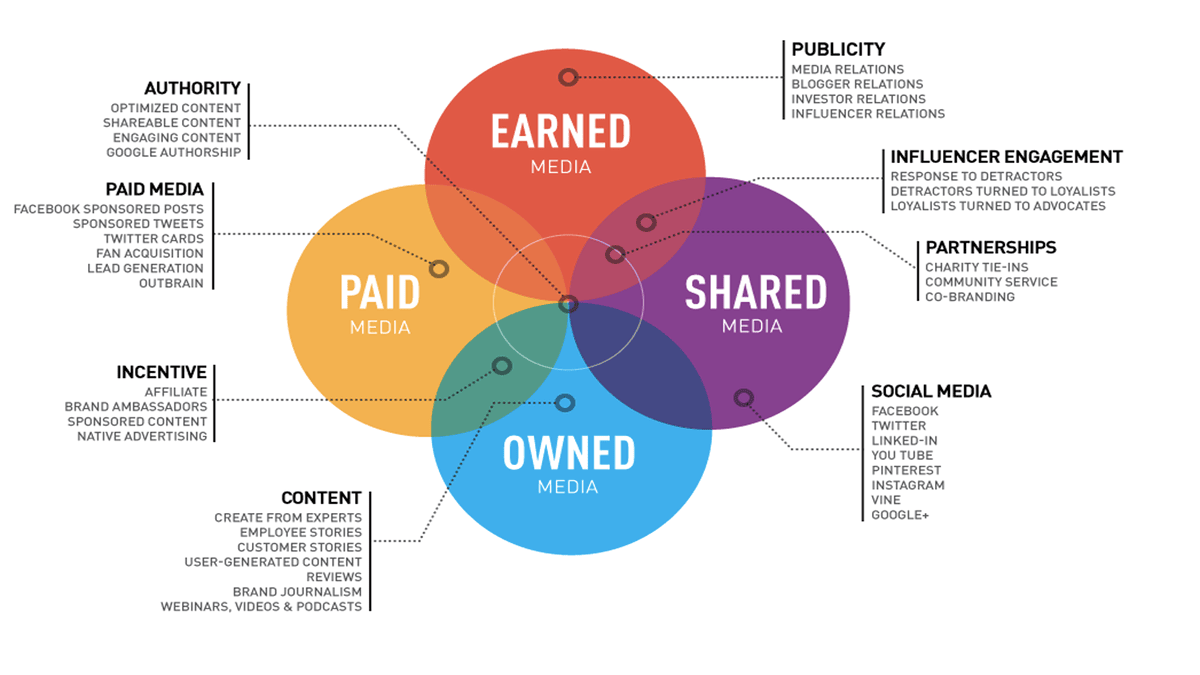
PR’s comeback tour
Just like the music industry’s most successful comeback stories, public relations is a legendary communications craft that will not die. There has never been a more exciting time to be a public relations rockstar. The practice has witnessed massive changes over the past few years — shrinking newsrooms, real-time social conversations, data-driven metrics, as well as my personal favourite, technology (live video streaming, mobile apps and virtual reality to name a few). And, undeniably, search, social media, traditional media and PR are converging at a rapid pace.
Successful PR practitioners have and continue to adapt by applying the traditional principles of influencing opinion and building relationships while using new (and evolving) communication tools and channels. Like the Rolling Stones, PR has had to reinvent its act to adapt to a rapidly changing industry and give fans more of what they want.
Redefining PR
Welcome to the post-social media era, where one morning we woke up to learn that overnight everyone became a brand, a publisher, a news source, a critic, an expert, and a storyteller. I attended this year’s IABC World Conference in June, and the questions on PR professionals’ minds were many: What role will the PR practice play in this changing environment? How do we navigate the ever-shifting landscape to keep the practice of PR relevant and valuable? And where do we fit amongst social media gurus, brand journalists, content managers and measurement experts?
The answer to all these questions should rest in how we define PR.
In 2013, The Public Relations Society of America (PRSA) agreed on a new definition for the practice - “Public relations is a strategic communication process that builds mutually beneficial relationships between organizations and their publics.”
Wait, what? What does that really mean? Times are changing yet again, PRSA.
At Quarry, we believe that public relations is the art and science of creating authentic conversations that build trusting relationships to inform and influence opinion, action and behavior. It is a strategic process of building personal relationships between people and brands. And we achieve results by connecting our clients with their customers through open, honest and meaningful conversations that inform both sides of the relationship through two-way communication.
Let’s welcome PESO – a new best practice in PR

Developed by Gini Dietrich, a leading voice for the PR industry and author of Spin Sucks, the PESO (paid, earned, shared, owned) model is a new way to think about PR. PESO is a fully integrated model that allows us to create a content-driven ecosystem that engages customers where they are conversing.
Applied to the practice of PR, it becomes a kaleidoscope for us to uncover unique buyer patterns that strategically inform how we create authentic conversations across the four media types. At its best, PR is the art of persuasion, a creative approach to engaging with our influencers (whether the media, bloggers, analysts, customers, advocates, employees) with the right messages in the right places at the right time.
Thanks to its unique ability to integrate and amplify messages across the four media types, PR continues to play a very important role in modern marketing. By building strategic influence and establishing authority and advocacy, PR is a great way to create brand loyalty with your customers. What other discipline can create and leverage a single asset like a news release in a meaningful way that informs several different audiences in their chosen media channels with messages that resonate with them, when they want them?
Rock on, PR.